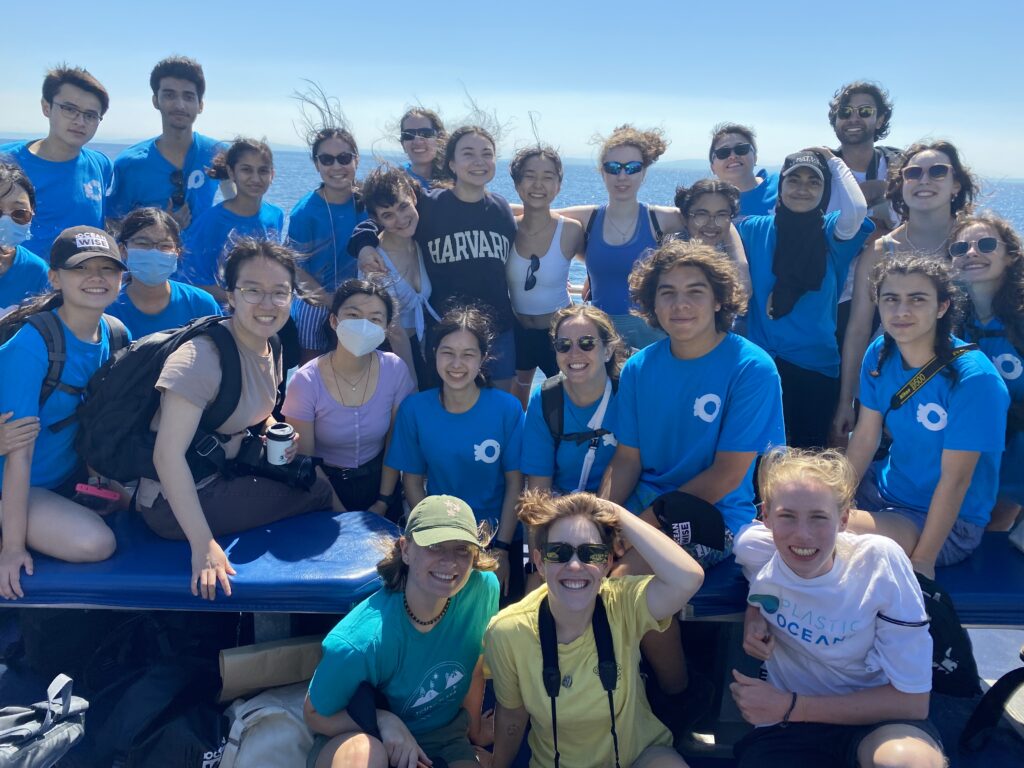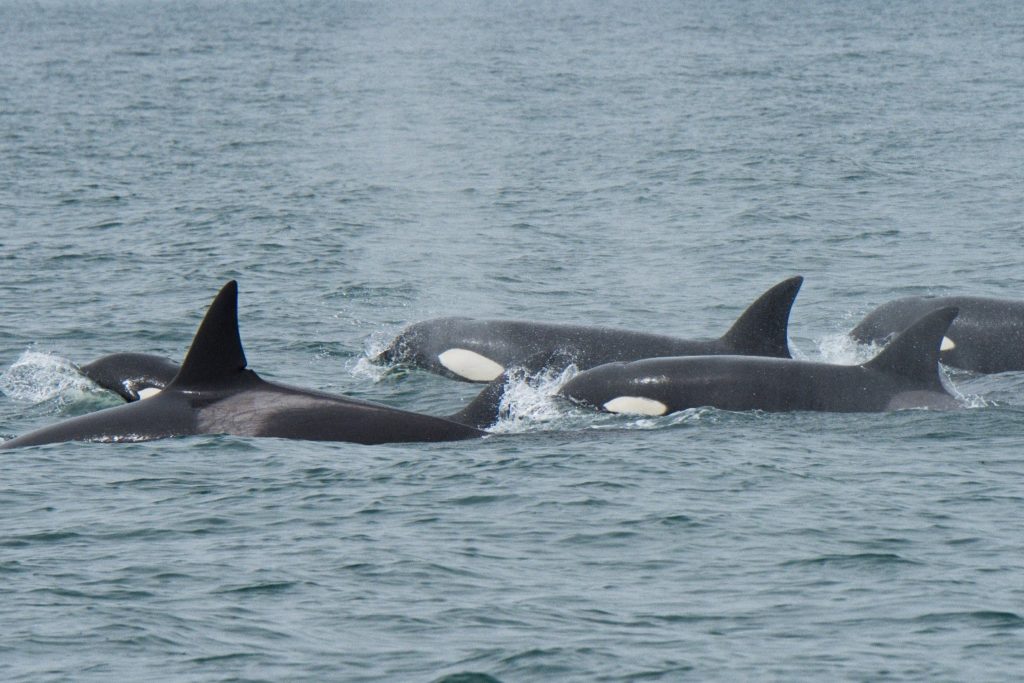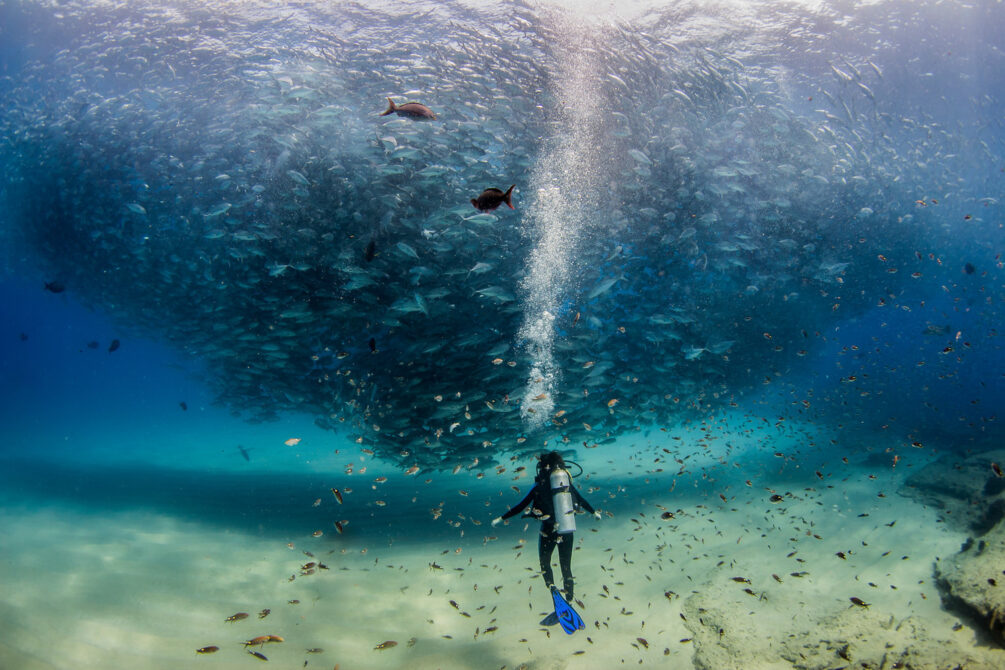
Learn and Explore
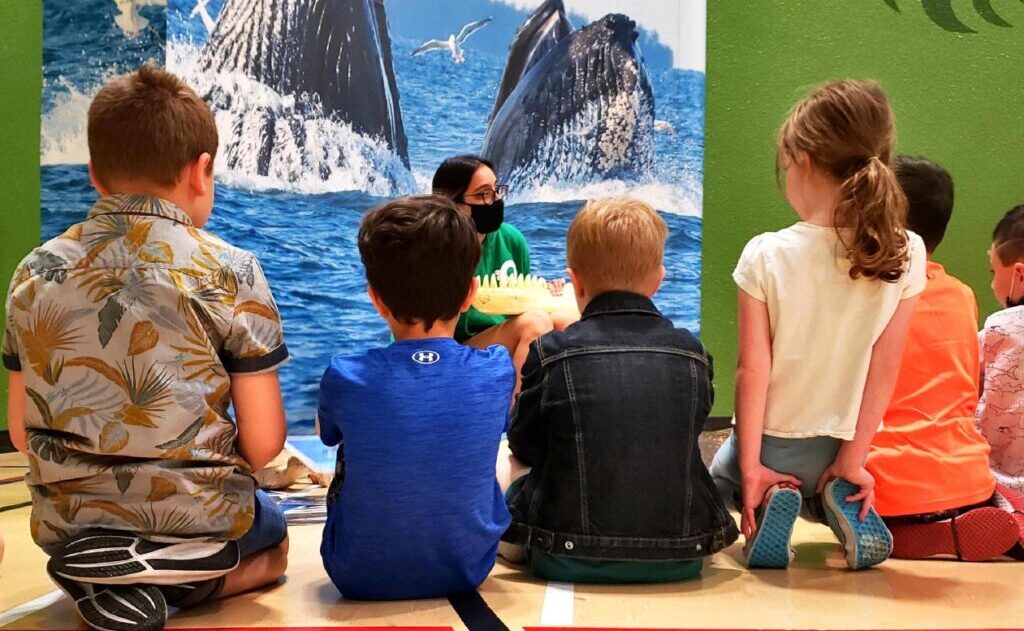
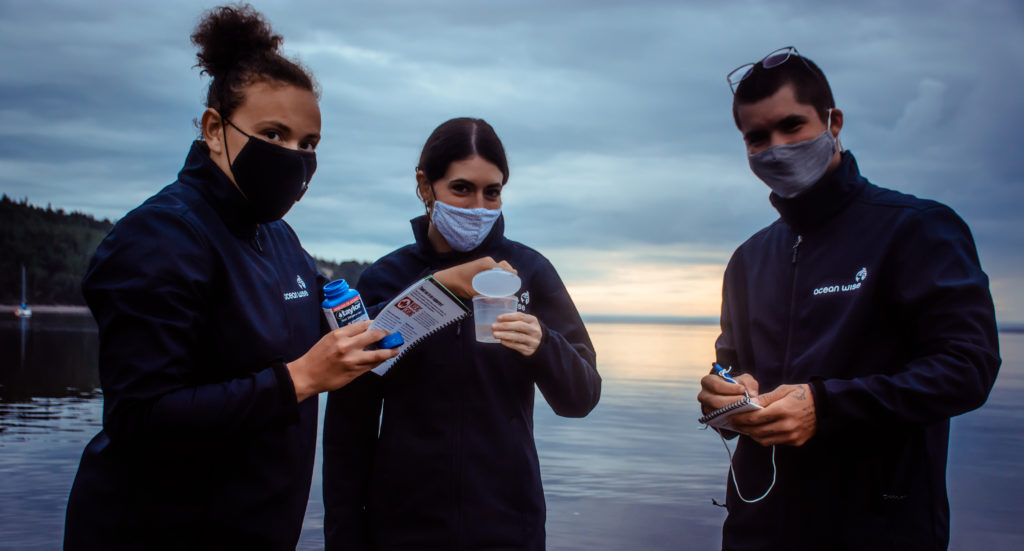
Ocean Wise Youth
Ocean Wise Youth programs empower young people with life and work skills, supporting lasting civic engagement essential for our oceans to remain healthy and flourishing for generations to come.
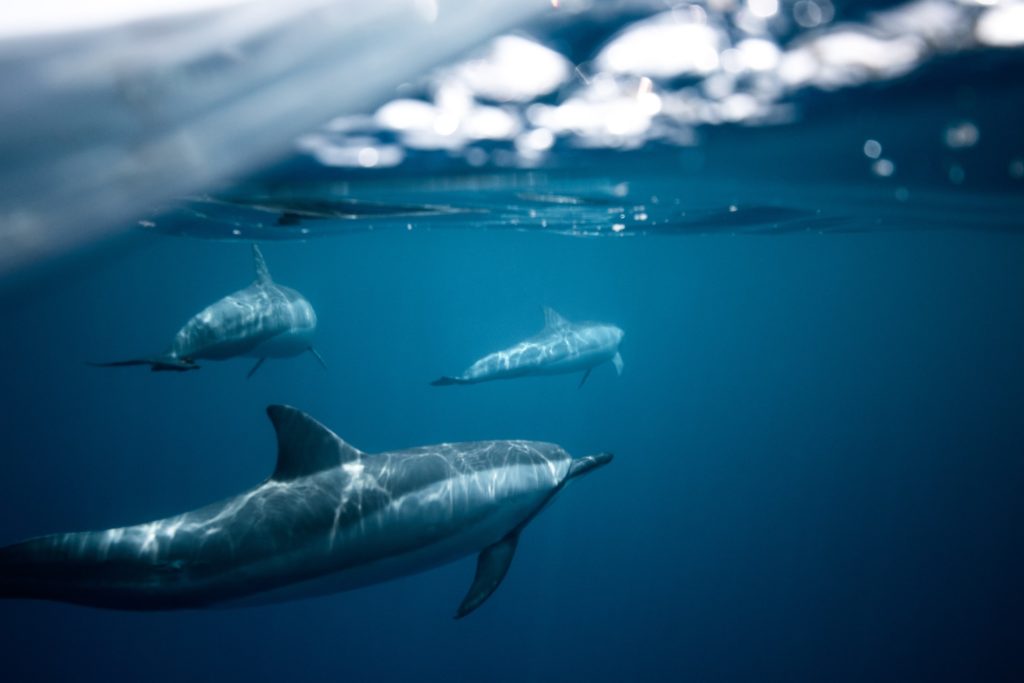

Ocean Wise Innovator Lab
A global project-based competition for youth aged 13-30, including university students, student clubs, high school students, youth-led organizations and startups.
